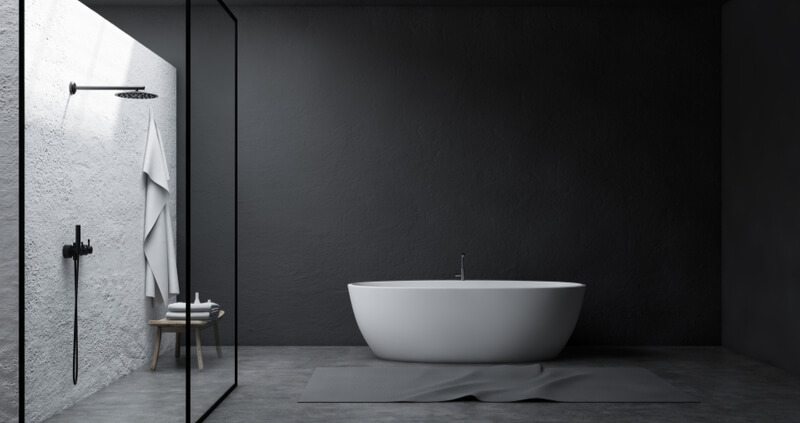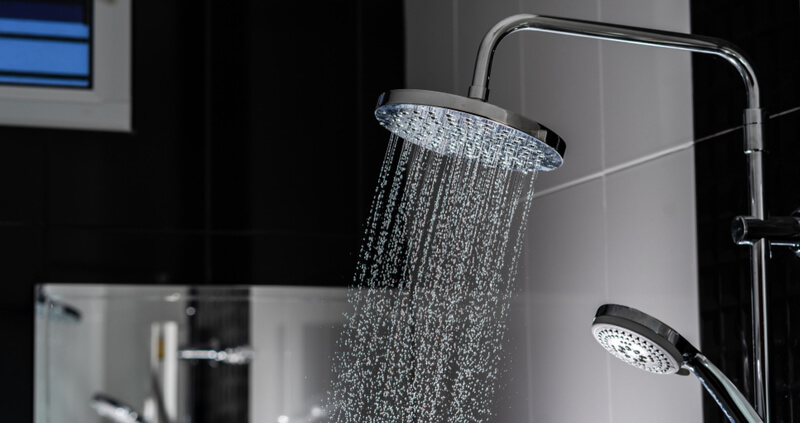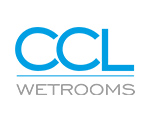
Many wetrooms, whether traditional or modern, require routine maintenance to ensure pipes and drains don’t snarl up from common blockages. With increasingly more properties having one or multiple wetrooms – featuring rectangular, submerged, or tactfully concealed drains – the topic of best care is still frequently asked.
Knowing how best to clean a wetroom drain is a common problem, and one that’s often frustrating to those with unexpected blockages and further pipe damage. But with the right guidance and proper equipment, you can prevent the hassle of unwelcome and unclean drains. Learn how to below.
How to clean a wetroom drain
When considering the topic of wetroom drainage and how to care for it, there are some excellent (and foolproof) tips that apply to all households. Ultimately, a wetroom needs to be kept routinely clean and maintained.
Keeping your drain clean can be as convenient as following these helpful steps to clear out any debris before it becomes a blockage.
- Remove the drain cover.
- Using a cloth, wipe down and clear away anything trapped or snagged in the drain.
- Using a scrub brush and hot soapy water, clean the drain cover, being weary of any chemicals or hard-brush heads that might mark the steel.
- Flush the gutter with fresh water at the end to ensure it’s clear of any leftover debris.
DIY care tip: how to clean a wetroom shower drain without chemicals
Some households have discovered that a much more efficient method than using a chemical solution is an old trick of mixing bicarbonate of soda and white vinegar. Not only is this a non-chemical solution and therefore non-abrasive for your pipes, but it’s a cheaper alternative too.
Periodically, try applying this when you clean a wetroom drain:
- Carefully apply hot water to the drain
- Pour 100g of baking soda into the drain
- Add in a cup of vinegar
- Add another cup of very hot water
- After letting it sit for 5-10 minutes, flush out the drain with more hot water.

How do I prevent drain blockages?
1. Clean regularly and often
The best tip for preventing a drain from getting blocked is to ensure it doesn’t receive any build-up However, when a drain is concealed or submerged, because its design is unobtrusive, it’s easier to forget about cleaning it.
As with all drains, these should be thoroughly rinsed and cleared after using a wetroom. This small, convenient step can actually help in the long term, by ensuring that any build-up is quickly managed and removed from sensitive areas.
2. Avoid harmful chemicals
The etiquette of proper drain care and maintenance means that no harmful chemicals should ever be poured down one. In the unexpected event of a drain block, try and manually remove the build-up of debris where possible rather than reaching for harmful chemicals.
Whenever possible, opt for an alternative or more natural solution to unblock drains. Caution is advised when using chemicals because not only are they corrosive to pipes, but chemicals can be harmful to the environment and human health. Sulphuric acid, for example, is irritable to skin or eye contact.
3. Consider a water softener
One of the most common water-based damages to piping is limescale build-up. As this happens below the surface, it’s often trickier to identify the problem. Yet, the best resolution is to take preventive steps to avoid any drain blockages and long-term pipe damage in the first place.
Sometimes limescale build-up can be exacerbated based on your geography, which can accelerate deterioration of your plumbing by weakening pipes and causing blockages more often. Across the country, there are two types of water: hard and soft. “Hard” water is the most damaging of the two, because it carries small deposits into pipes and drains, which leads to blockages.
The best natural solution to limescale is a gentle rinsing of vinegar. This is an old DIY trick used by many households.
For those wanting a more certain, long-term fix, a (salt-based) water softener will quickly address build-up. This ensures that the water is free from deposits that could unwittingly carry through into drains and pipes and cause inefficiencies, or blocked pipes.
4. Choose a proper drain
There are several drain types to choose from, depending on the style and layout of your wetroom. When concerned about how to clean a wetroom drain, consider installing the proper system to prevent future water damage or unwelcome build-up.
This will maximise the efficiency of your wetroom, especially if you allow an expert to guide and install your drainage solution.
Discover CCL Wetrooms’ selection of wet room drain solutions.









